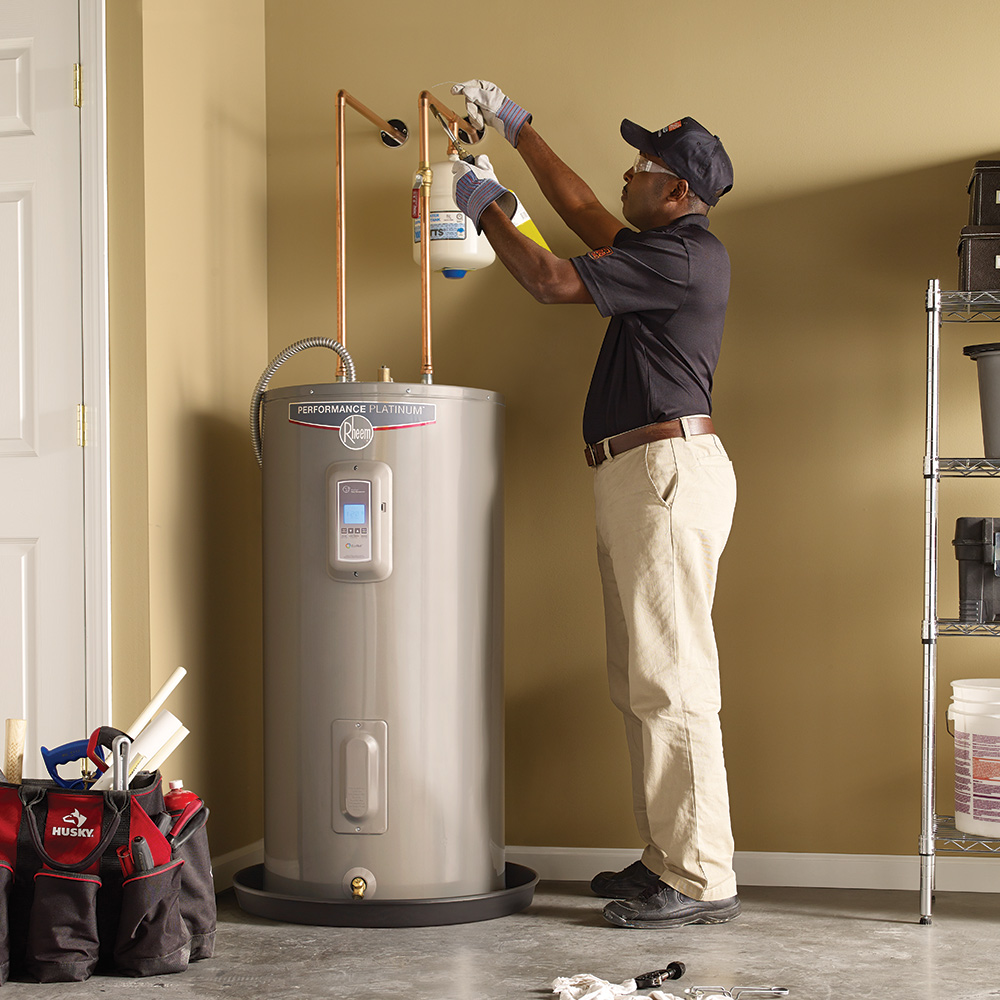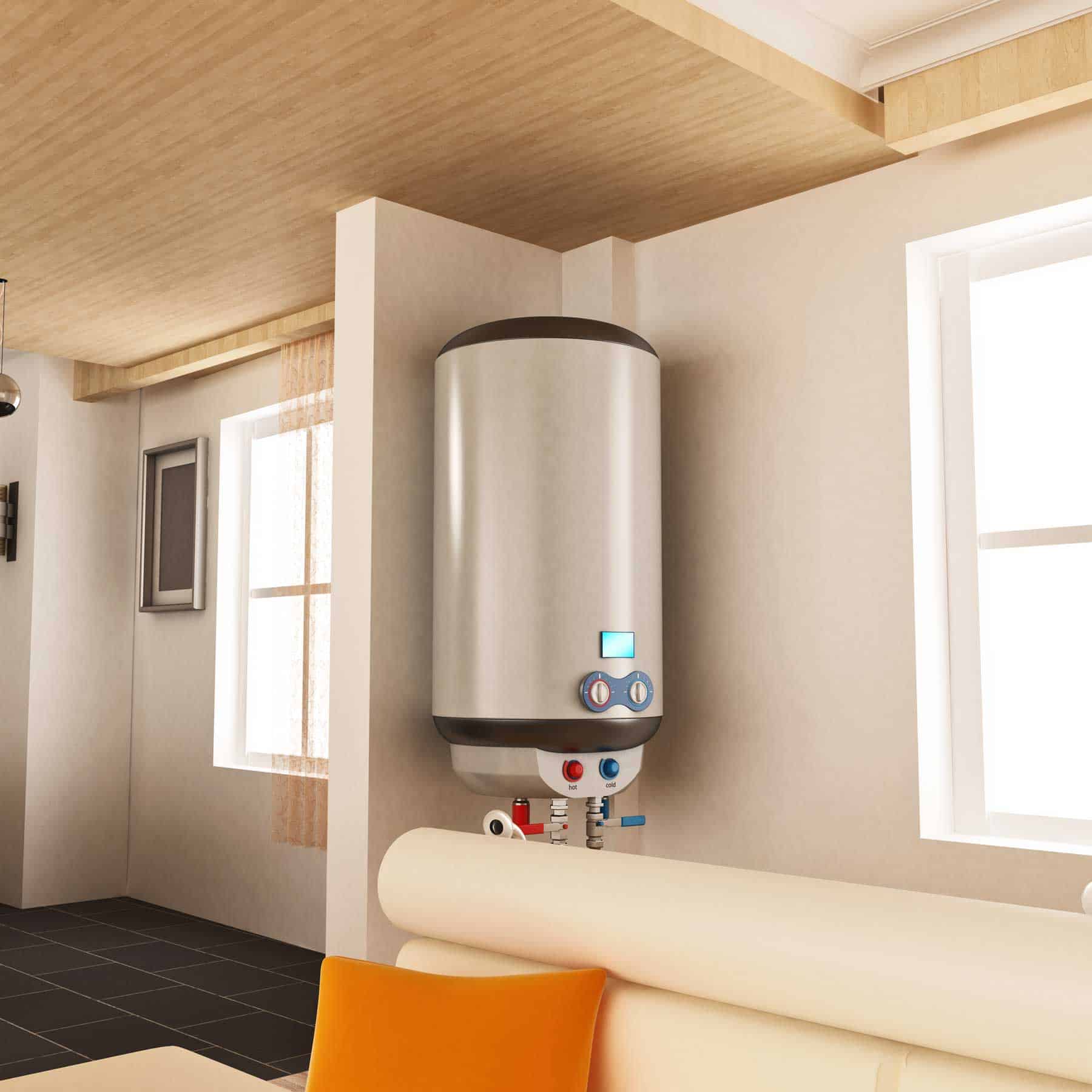Key Care Techniques for Your Home's Hot Water System
Key Care Techniques for Your Home's Hot Water System
Blog Article
We have stumbled on the article pertaining to Tips on Maintaining a Water Heater listed below on the internet and figured it made perfect sense to write about it with you over here.

Hot water is crucial for everyday convenience, whether it's for a rejuvenating shower or cleaning dishes. To guarantee your warm water system runs efficiently and lasts much longer, regular maintenance is key. This post provides useful pointers and insights on exactly how to keep your home's hot water system to stay clear of disruptions and costly repair services.
Intro
Maintaining your home's warm water system could appear overwhelming, yet with a couple of easy steps, you can ensure it operates efficiently for years to come. This guide covers whatever from recognizing your warm water system to DIY maintenance ideas and knowing when to employ specialist aid.
Importance of Preserving Your Hot Water System
Routine upkeep not just extends the life expectancy of your warm water system however additionally guarantees it runs efficiently. Overlooking maintenance can result in reduced effectiveness, greater power expenses, and also early failing of the system.
Indicators Your Warm Water System Demands Upkeep
Knowing when your hot water system requires interest can protect against significant concerns. Look out for indicators such as irregular water temperature, odd noises from the heater, or corroded water.
Purging the Water Heater
Flushing your water heater eliminates debris build-up, enhancing performance and lengthening its life.
Monitoring and Replacing Anode Rods
Anode rods avoid rust inside the storage tank. Checking and changing them when worn is critical.
Complex Concerns Calling For Specialist Aid
Instances include major leakages, electric issues, or if your water heater is regularly underperforming.
Routine Professional Upkeep Conveniences
Specialist upkeep can include comprehensive evaluations, tune-ups, and ensuring conformity with safety and security requirements.
Examining and Adjusting Temperature Setups
Readjusting the temperature level settings makes certain optimum performance and safety.
Do It Yourself Tips for Maintenance
You can perform numerous upkeep tasks on your own to keep your hot water system in leading condition.
Checking for Leakages
Frequently examine pipelines and links for leaks, as these can cause water damage and higher expenses.
Comprehending Your Hot Water System
Prior to diving right into maintenance tasks, it's handy to understand the fundamental parts of your hot water system. Usually, this consists of the hot water heater itself, pipes, anode poles, and temperature controls.
Month-to-month Maintenance Tasks
Routine monthly checks can aid catch small concerns prior to they rise.
Testing Stress Alleviation Valves
Examining the stress safety valve guarantees it functions correctly and prevents excessive pressure buildup.
Protecting Pipelines
Insulating warm water pipes minimizes heat loss and can save power.
When to Call a Professional
While DIY upkeep is useful, some concerns require expert proficiency.
Verdict
Regular maintenance of your home's warm water system is important for effectiveness, longevity, and expense savings. By adhering to these tips and understanding when to look for professional assistance, you can make certain a reputable supply of hot water without unforeseen disturbances.
How to Maintain an Instant Hot Water Heater
Before tinkering with your hot water heater, make sure that it’s not powered on. You also have to turn off the main circuit breaker and shut off the main gas line to prevent accidents. Also turn off the water valves connected to your unit to prevent water from flowing into and out of the appliance. 2. When you’re done, you have to detach the purge valves’ caps. These look like the letter “T†and are situated on either side of the water valves. Doing so will release any pressure that has accumulated inside the valves while at the same time avoid hot water from shooting out and burning your skin. 3. When the purge valves’ caps are removed, you have to connect your hosing lines to the valves. Your unit should have come with three hoses but if it didn’t, you can purchase these things from any hardware or home repair shops. You can also get them from retail stores that sell water heating systems. Read the user’s manual and follow it to complete this task properly. When the hosing lines are connected, open the purge port’s valves. 4. You should never use harsh chemical cleaners or solutions when cleaning your unit. Make use of white vinegar instead. It should be undiluted and you’ll probably use about 2 gallons. 5. Now flush your water heater. This task should probably take about 40 minutes. We can’t give you specific directions for this because the procedure is carried out depending on the type, model and brand of your heater. With that being said, refer to the user’s manual. 6. When you’re done draining the unit, you have to turn off the purge port valves again. Remove the hosing lines that you earlier installed on each of the water valves. Put the valve caps (purge port) back in their respective places and be very careful so as not to damage the rubber discs that are found inside these caps. 7. Now that everything’s back in place, check your user’s manual again to find out how to reactivate your water heating system. 8. Once it is working, turn one of your hot water faucets on just to let air pass through the heater’s water supply pipes. Leave the tap on until water flows smoothly out of it. https://www.orrplumbing.com/blog/2014/september/how-to-maintain-an-instant-hot-water-heater/

As an enthusiastic reader about How to Maintain a Hot Water Heater in a Few Simple Steps, I thought sharing that piece of writing was essential. Sharing is caring. You just don't know, you may be helping someone out. Thanks a bunch for being here. Kindly check our blog back soon.
Click Here Report this page